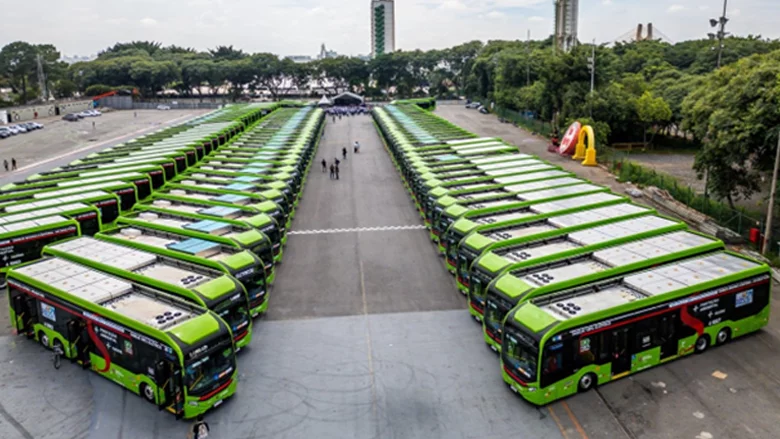Fare evasion is a problem in many public transport systems around the world. Policies to reduce this problem are generally aimed at improving control systems and increasing fines for offenders. In this paper, we attempt to identify the joint impact of different variables explaining fare evasion using an econometric study. The variables found to be statistically significant are the level of inspection, the proximity to a Metro or intermodal station, the bus occupancy level, the period of the day, the geographic location and number of passengers boarding and alighting at each bus stop, among others. We propose a novel approach to perform cost-benefit evaluation in order to help authorities increase the cost-effectiveness of ticket inspection strategies on a given time horizon. We obtain new evidence that indicates that inspection strategies can be cost-effective even when evaders are not given a fine.











